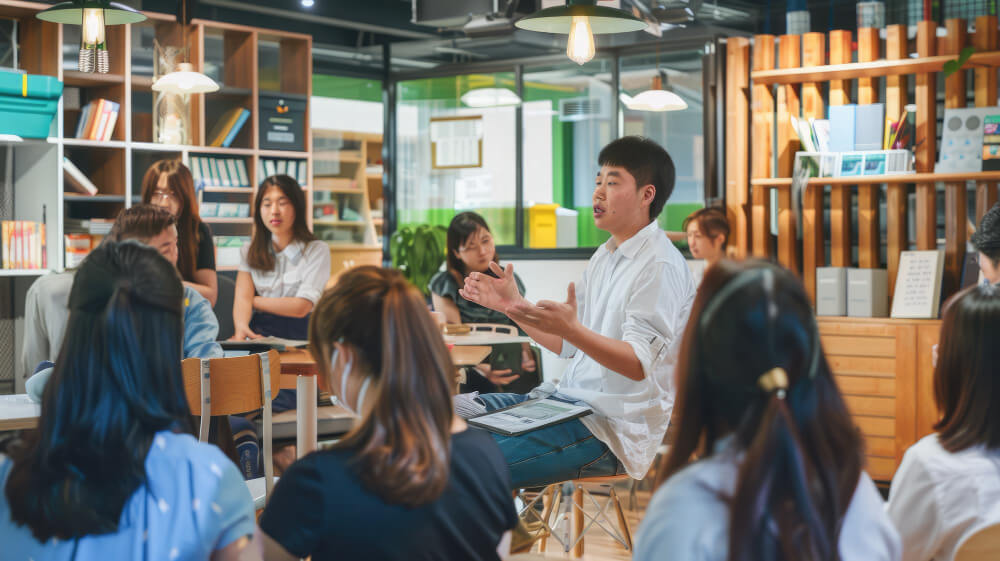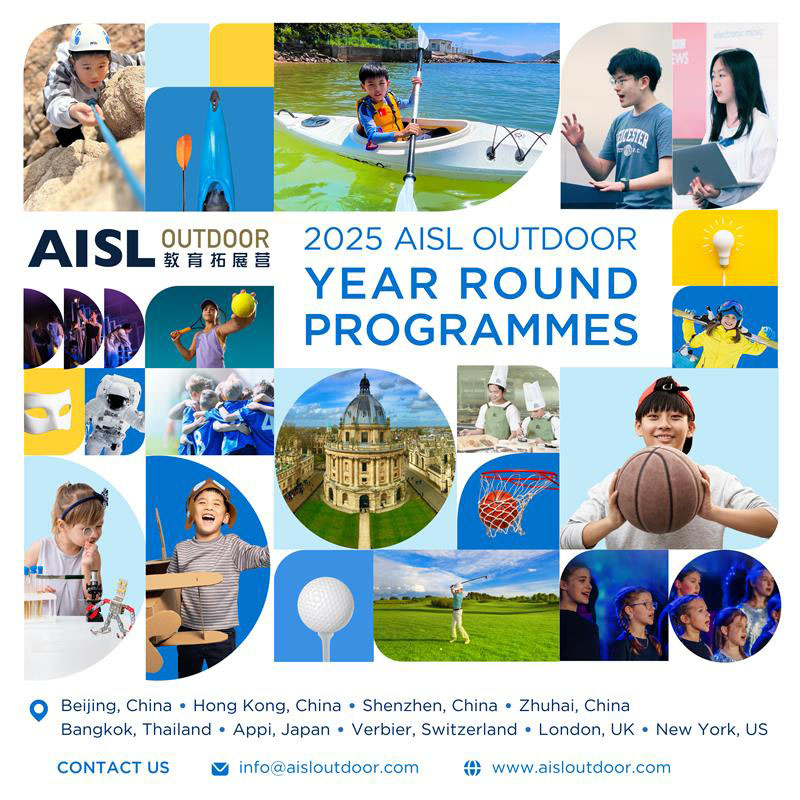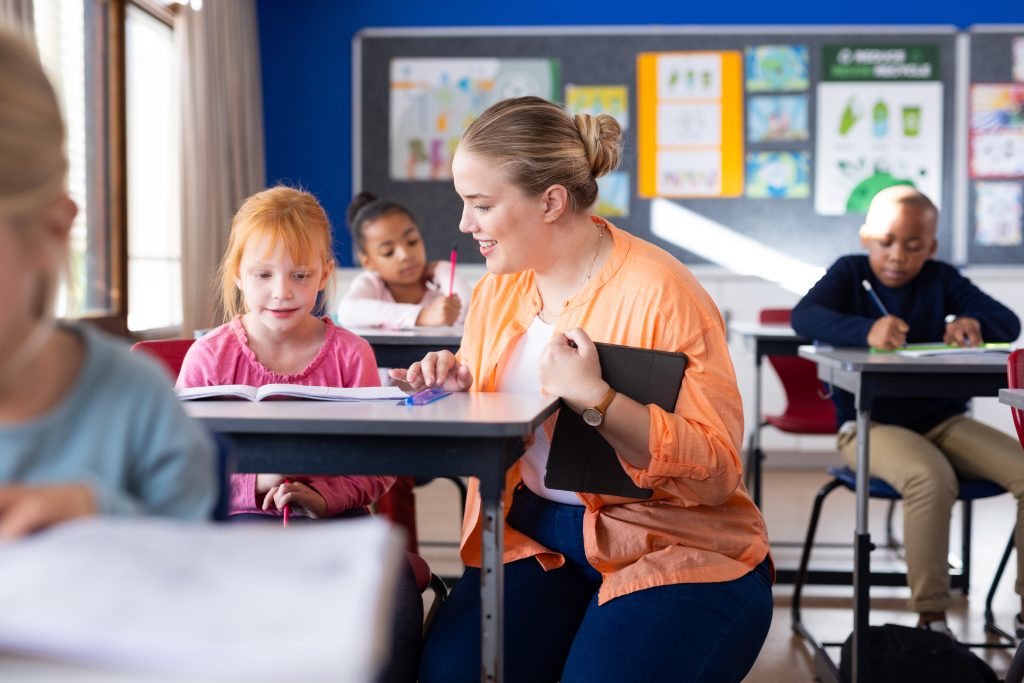Building a strong professional learning community (PLC) within a school does bring scheduling meetings or sharing best practices to mind. Yet, it’s also about cultivating a culture where educators collaborate deeply, question assumptions, and focus on improving outcomes for all students. Many school leaders still find the concept challenging to implement in practice. Without clear purpose, thoughtful structure, or teacher ownership, PLCs can quickly lose momentum and drift into box-ticking exercises.
This article offers practical steps to establish a thriving PLC that drives meaningful professional growth and measurable classroom impact. Whether you’re a school leader launching a new initiative or an educator eager to revitalise your team’s approach, you’ll discover how to set a clear vision, foster shared responsibility, and embed sustainable routines that empower educators to continuously learn from one another.
Start with Vision and Values
Every effective professional learning community begins with a shared purpose. Educators need to understand why the PLC exists beyond compliance or policy. A clear, values-driven vision anchors the work and keeps it focused on student outcomes.
When forming your PLC, consider starting with a collaborative session to define your group’s core values. Ask questions like: What kind of learning culture do we want for our students? What role do we, as educators, play in creating that? The aim isn’t to produce a mission statement for the wall, but to align intentions. For instance, a primary school might centre its PLC vision around inclusive learning or building student agency, while a secondary team could focus on improving cross-disciplinary literacy skills.
Once that foundation is in place, tie your PLC’s goals and routines to those values. This ensures professional development feels meaningful rather than imposed. It also gives the community a touchstone when priorities shift or challenges arise, helping educators stay the course together.
Build the Right Team Culture
A successful professional learning community is less about who’s in the room and more about how they work together. It’s essential to cultivate a culture of psychological safety where educators feel respected, heard, and free to experiment. Without this, even the most well-structured PLC risks becoming performative.
One effective strategy is to set team norms early, collaboratively, not top-down. These could include agreements such as “assume positive intent”, “value diverse opinions”, or “focus on practice, not personalities”. These norms help keep discussions constructive, especially when feedback is involved.

Equally important is encouraging vulnerability. When teachers are willing to admit what isn’t working, others are more likely to offer support rather than judgement. For example, a teacher openly reflecting on a lesson that fell flat can prompt a rich discussion on alternative strategies, which is far more useful than a highlight reel of only successes.
Sustaining this culture takes effort. Leaders and facilitators should model reflective practice, gently steer conversations when needed, and celebrate progress over perfection. Over time, this creates a space where learning feels safe, collaborative, and energising.
Establish Routines That Encourage Deep Thinking
For a PLC to thrive, it needs rhythm. Routines create consistency, reduce decision fatigue, and give educators space to focus on what really matters: improving student outcomes.
A well-designed PLC might begin with a quick “learning highlight” where members share one insight from the past week. This is followed by structured time to review student work, analyse formative data, or reflect on lesson planning. Sticking to a predictable structure builds momentum and trust.
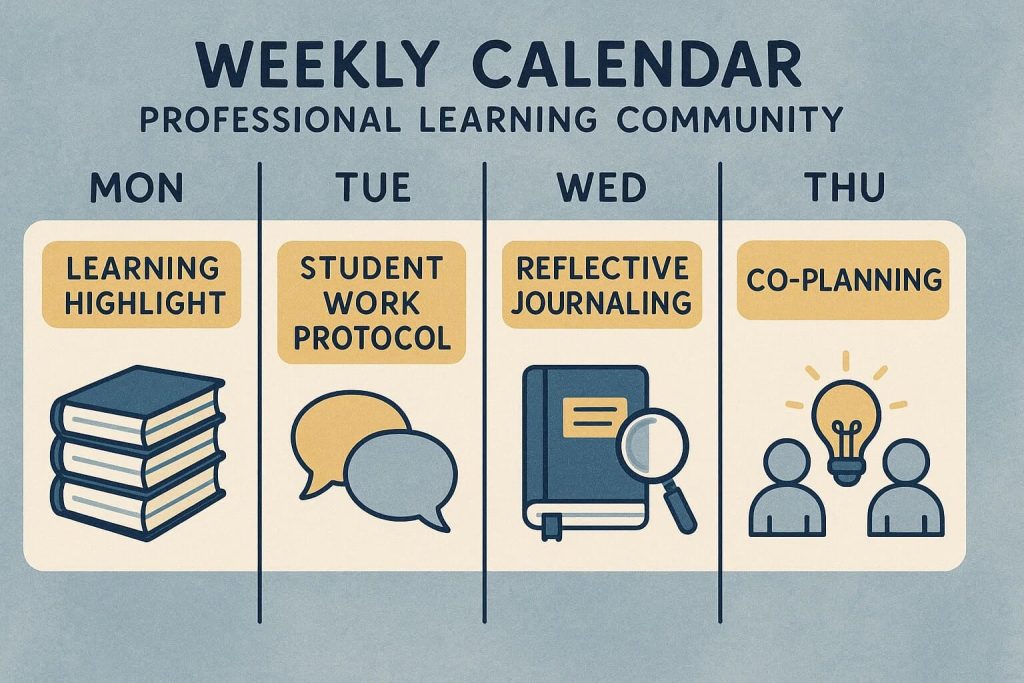
Here are a few tried-and-tested routines to consider:
Protocol-based discussions: Using structured formats like ‘Tuning Protocols’ or ‘Looking at Student Work’ helps ensure that every voice is heard and conversations stay focused.
Shared lesson studies: Teachers collaboratively plan a lesson, observe one another teaching it, and then discuss outcomes. This approach deepens understanding of student learning in real time.
Documentation moments: Use short notes, videos, or audio recordings to capture learning breakthroughs or challenges. These artefacts help the group revisit and refine strategies over time.
Build a Culture of Trust and Shared Purpose
At the heart of every successful professional learning community is a deep sense of trust. Educators need to feel safe enough to be vulnerable, to share missteps, ask questions, and reflect honestly on what’s working and what isn’t. Without this foundation, collaboration often stays surface-level.
Building trust starts with leadership modelling openness. When school leaders and teacher facilitators share their own learning journeys, including challenges and uncertainty, it signals that risk-taking and reflection are not only accepted but encouraged. Celebrate effort and learning, not just outcomes.
Equally important is establishing a shared purpose. A PLC should not feel like an added task or a tick-box activity. It should allow for time to be set aside to do the work that matters most. One effective approach is co-creating a shared vision statement during the first few meetings. Keep it short, visible, and meaningful, something like: “We meet to grow our practice so every student experiences deeper learning”.
This kind of alignment allows PLCs to navigate the inevitable tensions and growing pains that come with working together. It reminds everyone why they’re there. And over time, it helps shift the culture of a school from isolated practice to collective ownership of student learning.
Define Clear Goals and Set Practical Norms
A thriving professional learning community requires direction. Setting clear, measurable goals gives the group purpose and focus. These goals should connect directly to improving student outcomes and be shaped by the group, not handed down. For example, rather than a broad aim like “improve literacy”, a PLC might choose, “increase Year 5 students’ reading comprehension by using reciprocal teaching strategies”.
Once goals are in place, establishing shared norms is what makes progress possible. Norms represent the agreed ways the group works together. For instance:
- Start and end meetings on time
- Stay student-focused in discussions
- Use protocols for giving feedback
- Rotate facilitation responsibilities
These practical agreements help maintain momentum and ensure that time together is respectful, focused, and productive.
When both goals and norms are co-developed, educators are more likely to feel invested. It also prevents common pitfalls like meetings drifting off-topic, or participants dominating the conversation. A clear structure allows for creativity and exploration, without losing sight of the end goal: better outcomes for students.
Supporting Long-Term Impact Through Collaboration
Building a professional learning community is a long-term commitment to shared growth, purposeful collaboration, and improving student learning. When educators come together around common goals, supported by strong leadership and clear structures, the impact can ripple across classrooms and year levels.
The most effective PLCs challenge assumptions, refine teaching strategies, and celebrate progress. Whether you’re just starting or looking to deepen your community’s impact, remember that consistency, trust, and shared purpose are key. For educators committed to growth, AISL Mall offers ongoing insights and resources to help your school thrive through meaningful professional learning.
Curriculum and Guides that may be of interest:
Get a special discount by quoting code AISLMALL during CHECKOUT.
3Education: StoryTellAR
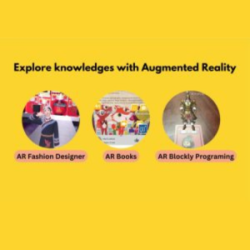
StoryTellAR is an online and remote platform designed specifically to connect offline materials seamlessly with interactive digital content, using Computer Vision (Augmented Reality). With a user-friendly user interface, curators can use their mobile phone to associate audio recordings, videos and other digital interactions such as audio, AR video plane and URL to any artworks. The corresponding digital content customized by their very own creators will pop up, making the book seamless, personalized and effective.
AlGreen: E-book
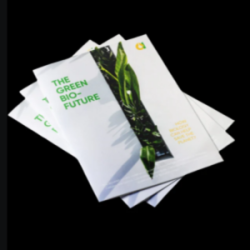
AlGreen is at the forefront of developing microalgae technology for air purification and carbon capture, driving a sustainable future. AlGreen’s ebook introduces young learners to biology’s wonders and its role in sustainability. Covering cellular and plant biology, climate science, and future biotech like carbon capture and renewable energy, it inspires environmental stewardship and a passion for protecting our planet.
Chinese 1-2-Tree: Leveled Reading Platform For Pre-k To Grade 8

Chinese 1-2-Tree is a unique leveled reading interactive learning platform designed to provide progressive leveled reading starting with 20 basic characters. Chinese 1-2-Tree offers literacy essentials for every PreK-8 Chinese classroom. We offer a complete solution for reading instruction and student practice, perfect for use in class and at home. Rely on our easy-to-use resources to build foundational skills and strengthen reading comprehension.
Codementum: Gamified Coding Training Platform and Coding Curriculum
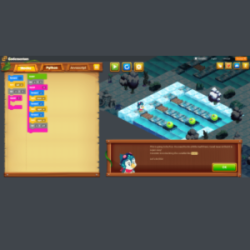
Codementum offers a fun, interactive platform to teach kids coding through block-based and text-based languages like Python and JavaScript. Kids learn to create mobile games, apps, and AI projects at their own pace, with gamified courses, self-guided challenges, and resources for all experience levels.
NovaAcademy: Ready-to-Go Curriculum Sets

Novalearn Limited is an EdTech company transforming education by seamlessly integrating machine learning, studio-produced edutainment, and quality STEAM education aligned with international K-12 curricula. All the teaching resources you need for fun and enriching classes, created by the NovaLearn team of experienced educators and industry experts. Each curriculum set includes Project lesson plans, Engaging videos, Interactive activity sheets and Skill-building exercises
Oxford University Press Cambridge IGCSE/O Level/AS & A Level Exam Success Revision Guides
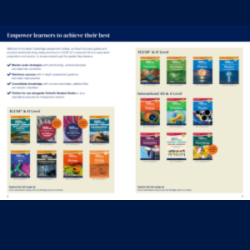
Oxford University Press is a department of the University of Oxford. It furthers the University’s objective of excellence in research, scholarship, and education by publishing worldwide. Cambridge Exam Success Guides from Oxford University Press provide unique exam support and revision guidance for Cambridge IGCSE & O Level and AS & A Level students. Matched to the latest Cambridge assessment criteria. Perfect for use alongside Oxford Resources for Cambridge Student Books or as a standalone resource for independent revision.
SAM Labs: STEAM Pathway Schoolwide Annual Subscription
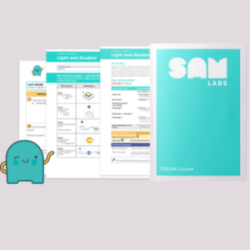
SAM Labs, an award-winning EdTech company, empowers over 9,000 schools in 60+ countries with innovative Coding and STEAM tools. Students create projects like smart city lighting and solar habitats while meeting curriculum standards, inspiring problem-solving and fostering teacher creativity.
